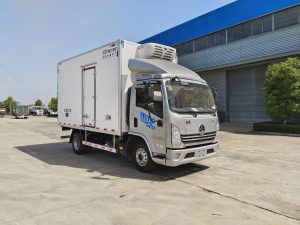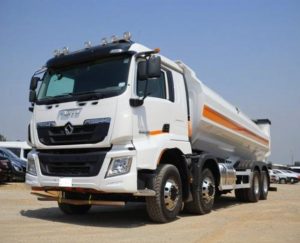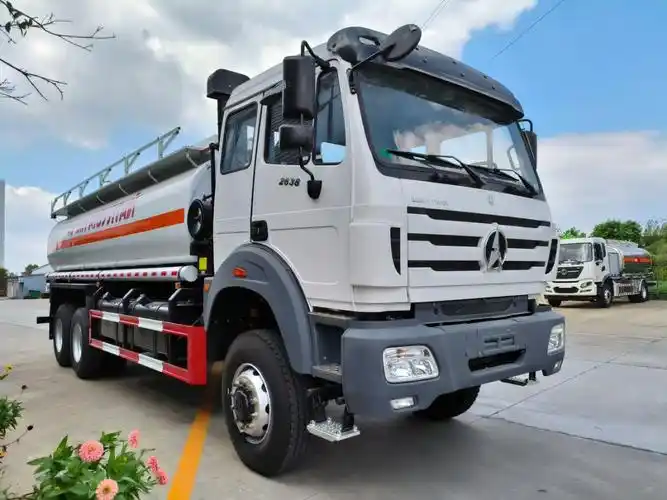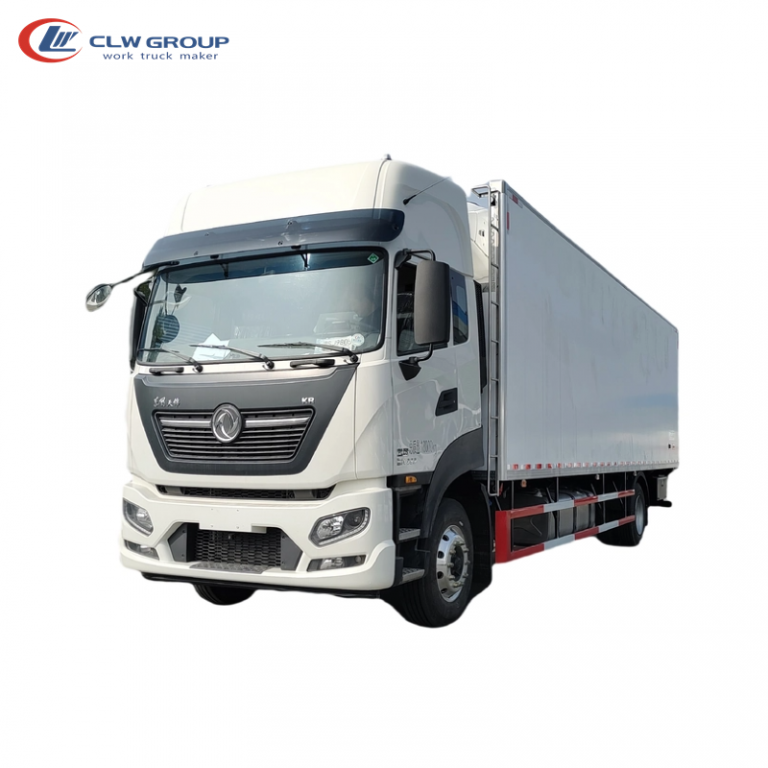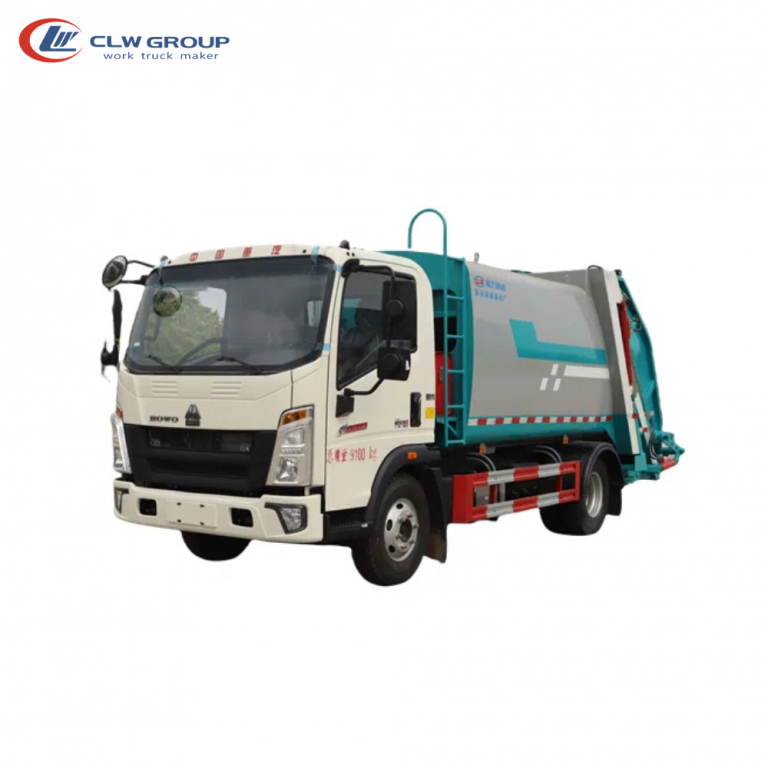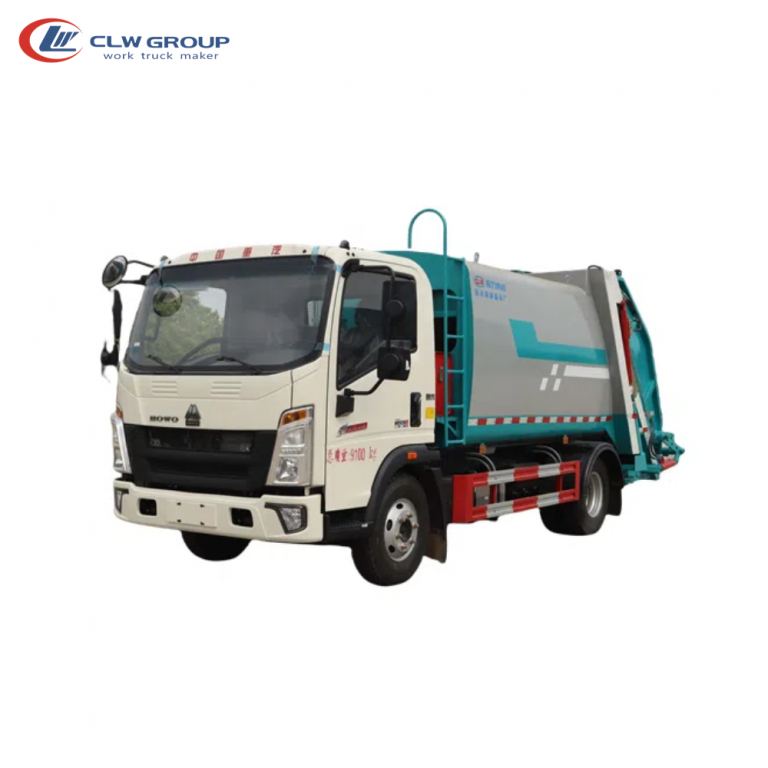Table of Contents
ToggleWhen you think about the vehicles that keep our cities running smoothly, garbage trucks might not be the first thing that comes to mind. Yet, these robust machines are the unsung heroes of urban life, tirelessly working behind the scenes to keep our communities clean and safe. In this article, we’ll explore everything you need to know about garbage trucks, from their anatomy and operation to the innovations shaping their future.
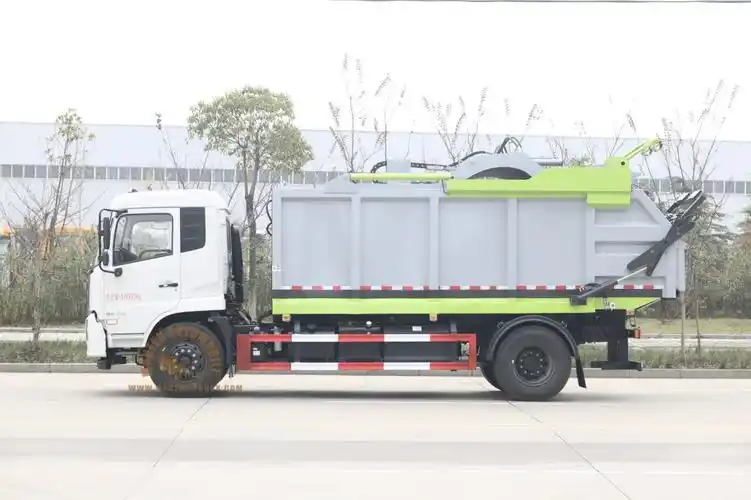
What is a Garbage Truck?
At its core, a garbage truck is a specialized vehicle designed to collect and transport waste. But it’s not just a big truck that picks up trash; it’s a complex machine with various components that work together to make waste management efficient and effective.
The Anatomy of a Garbage Truck
Understanding the anatomy of a garbage truck can help you appreciate the engineering marvel that it is. Let’s break it down into its key components.
Key Components
- Chassis: The base of the truck, which supports all other components. It’s like the skeleton of the truck, providing the necessary structure to hold everything together.
- Compaction System: This system compresses waste to maximize space. Think of it as a giant trash compactor that squishes everything down, allowing the truck to carry more waste without needing to make as many trips.
- Loading Mechanism: This can be manual or automated, allowing for efficient waste collection. Some trucks have robotic arms that can grab bins and lift them, while others require a driver to hop out and load the trash manually.
- Container: The area where waste is stored before being transported to a landfill or recycling center. This is where all the collected trash ends up, and it’s designed to hold a significant amount of waste.
Types of Garbage Trucks
There are several types of garbage trucks, each designed for specific waste collection needs. Some common types include:
- Rear-Loader Trucks: These trucks have a loading mechanism at the back, ideal for residential areas. They are often used in neighborhoods where space is limited, allowing the driver to collect waste without needing to maneuver the truck too much.
- Front-Loader Trucks: Used primarily for commercial waste, these trucks have a loading mechanism at the front. They are perfect for businesses that generate a lot of waste, as they can quickly pick up large bins.
- Side-Loader Trucks: These trucks can collect waste from the side, making them suitable for narrow streets. They often have automated systems that allow them to pick up bins without the driver needing to leave the cab.
The Importance of Garbage Trucks in Our Society
Garbage trucks play a crucial role in maintaining public health and environmental sustainability. Without them, our cities would quickly become overwhelmed with waste.
Environmental Impact
Garbage trucks help reduce pollution by ensuring that waste is collected and disposed of properly. They also play a role in recycling efforts, transporting recyclable materials to processing facilities. Imagine if all that plastic, paper, and metal just sat on the streets—yikes! It would not only look terrible but also create a breeding ground for pests and diseases.
Public Health and Safety
By removing waste from our streets, garbage trucks help prevent the spread of disease and keep our communities safe. Think about it: when trash piles up, it attracts rodents and insects, which can carry diseases. Garbage trucks are like the frontline soldiers in the battle against filth and disease, ensuring that our neighborhoods remain clean and healthy.
How Garbage Trucks Operate
Ever wondered how garbage trucks manage to collect waste so efficiently? Let’s take a closer look at the collection process.
The Collection Process
The collection process involves several steps, starting with route planning. Garbage truck operators must carefully plan their routes to ensure they collect waste efficiently.
Route Planning
Route planning is crucial for minimizing fuel consumption and maximizing efficiency. Operators often use GPS technology to optimize their routes, ensuring they can cover the most ground in the least amount of time. It’s like a game of Tetris, where every move counts, and the goal is to fit as much waste collection into a single day as possible.
Loading Mechanisms
Once at a collection point, the loading mechanism comes into play. Depending on the type of truck, this could involve lifting bins, using a claw to grab waste, or even manual labor. It’s a well-oiled machine—literally! The loading process is designed to be quick and efficient, allowing the truck to get back on the road and continue its route.
Innovations in Garbage Truck Technology
As technology advances, so do garbage trucks. Let’s explore some of the exciting innovations that are shaping the future of waste management.
Electric and Hybrid Models
With the push for greener solutions, many cities are investing in electric and hybrid garbage trucks. These vehicles produce fewer emissions and can significantly reduce a city’s carbon footprint. Imagine a world where garbage trucks glide silently through the streets, leaving nothing but clean air in their wake. It’s not just a dream; it’s becoming a reality in many urban areas.
Smart Technology Integration
Smart technology is also making its way into garbage trucks. From sensors that monitor waste levels in bins to GPS systems that optimize routes in real-time, these innovations are making waste collection more efficient than ever. It’s like having a personal assistant for garbage collection, ensuring that no bin goes unemptied and no route is wasted.
Challenges Faced by Garbage Truck Operators
While garbage trucks are essential, operating them comes with its own set of challenges.
Safety Concerns
Garbage truck operators face numerous safety concerns, from navigating busy streets to dealing with unpredictable weather conditions. It’s a tough job that requires constant vigilance. Drivers must be aware of pedestrians, cyclists, and other vehicles, all while managing the complexities of their large trucks.
Maintenance Issues
Like any vehicle, garbage trucks require regular maintenance. Breakdowns can lead to delays in waste collection, which can create a backlog of trash in communities. Operators must be proactive in ensuring their trucks are in top shape, which can be a challenge given the wear and tear these vehicles endure.
The Future of Garbage Trucks
As we look ahead, the future of garbage trucks is poised for significant transformation. With advancements in technology and a growing emphasis on sustainability, these vehicles will evolve to meet the demands of modern waste management.
Trends to Watch
- Increased Automation: The trend toward automation is not just limited to the loading mechanisms of garbage trucks. We can expect to see more fully automated systems that can navigate routes without human intervention. Imagine a fleet of garbage trucks operating like a synchronized ballet, collecting waste seamlessly while drivers focus on other tasks.
- Data-Driven Operations: The integration of data analytics will allow waste management companies to optimize their operations further. By analyzing data on waste generation patterns, companies can adjust their collection schedules and routes, ensuring that resources are used efficiently. This data-driven approach will not only save money but also reduce the environmental impact of waste collection.
- Sustainability Initiatives: As cities strive to become greener, garbage trucks will play a crucial role in sustainability initiatives. This includes not only the use of electric and hybrid models but also the implementation of recycling and composting programs. Garbage trucks will be equipped to handle multiple types of waste, making it easier for communities to recycle and compost.
- Enhanced Safety Features: Safety will continue to be a priority in the design of garbage trucks. Expect to see more advanced safety features, such as collision avoidance systems, cameras for better visibility, and improved ergonomics for drivers. These enhancements will help protect both the operators and the public.
Community Involvement
The role of communities in waste management is becoming increasingly important. As awareness of environmental issues grows, residents are taking a more active role in keeping their neighborhoods clean.
Community Clean-Up Events
Many cities are organizing community clean-up events where residents come together to pick up litter and beautify their surroundings. These events not only help clean up the environment but also foster a sense of community and responsibility. Imagine the pride of seeing your neighborhood sparkle after a successful clean-up day!
Education and Awareness Campaigns
Education is key to promoting responsible waste disposal. Schools, local governments, and non-profit organizations are launching campaigns to educate residents about recycling, composting, and reducing waste. By providing information and resources, communities can empower individuals to make more sustainable choices.
Partnerships with Local Businesses
Local businesses are also getting involved in waste management efforts. Many are adopting sustainable practices, such as reducing packaging waste or offering incentives for customers who bring reusable bags. Partnerships between businesses and waste management companies can lead to innovative solutions that benefit both the environment and the economy.
Conclusion: The Role of Garbage Trucks in a Sustainable Future
In conclusion, garbage trucks are more than just vehicles that collect waste; they are vital components of our urban infrastructure. As we move towards a more sustainable future, the role of garbage trucks will only become more important. They are the backbone of our waste management systems, ensuring that our communities remain clean, safe, and healthy.
The future of garbage trucks is bright, with innovations in technology and a growing emphasis on sustainability. As communities become more involved in waste management, we can expect to see a shift towards more responsible practices that benefit both the environment and public health.
So, the next time you see a garbage truck on your street, take a moment to appreciate the hard work and dedication that goes into keeping our communities clean and safe. After all, they are the unsung heroes of our cities, tirelessly working to ensure that we can enjoy a cleaner, healthier environment. Let’s support these efforts and do our part to reduce waste and promote sustainability in our own lives. Together, we can create a cleaner, greener future for everyone!

